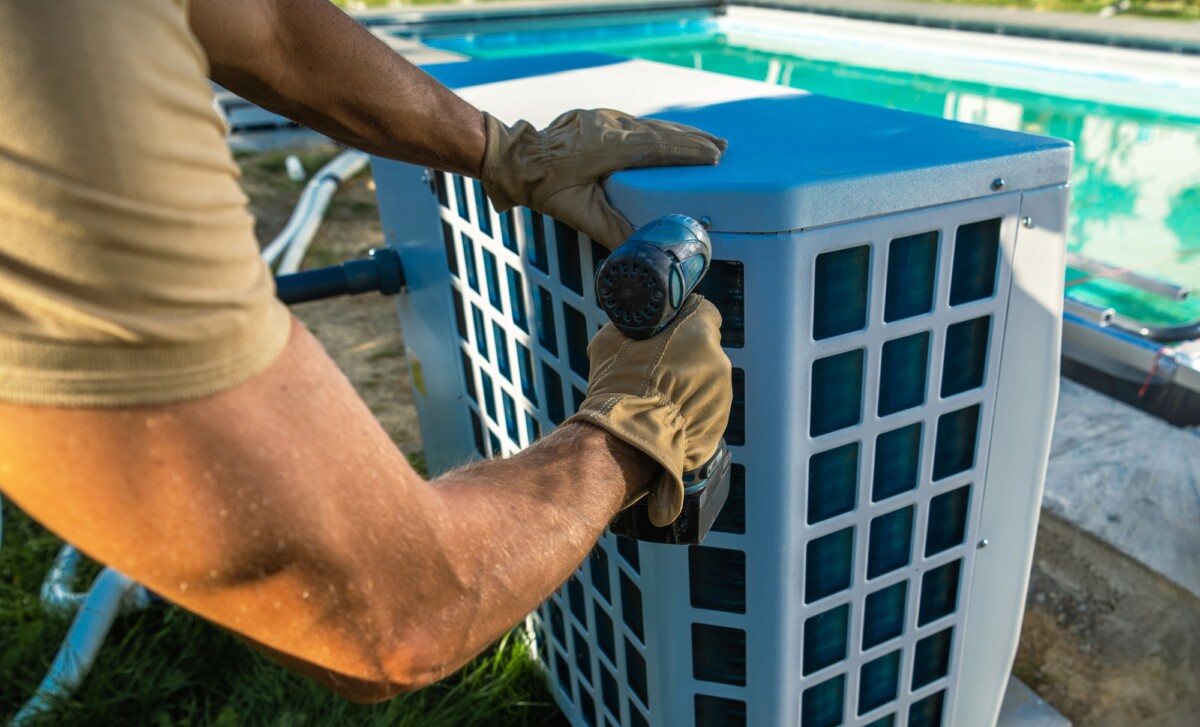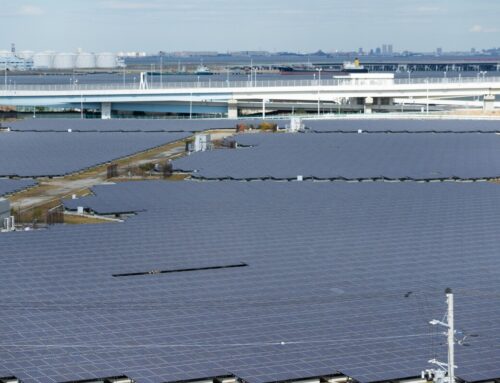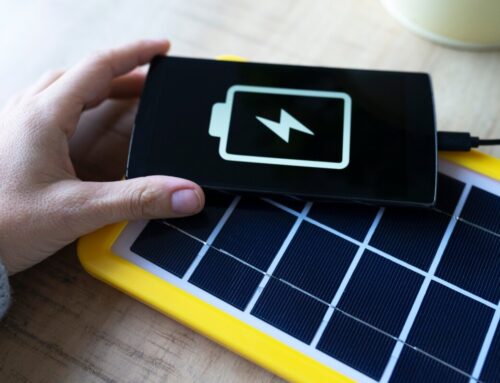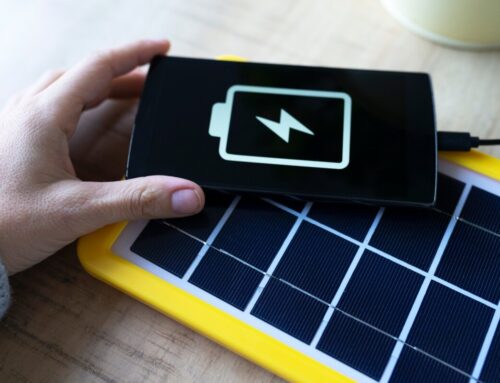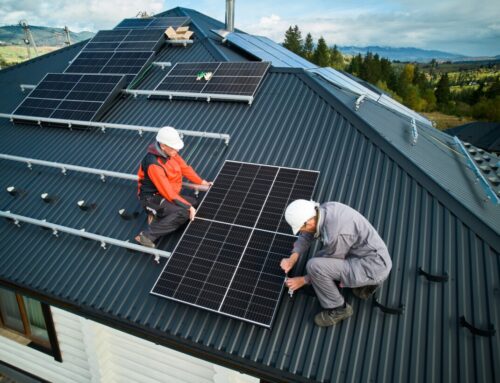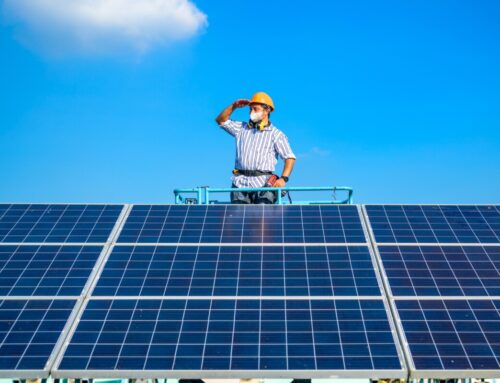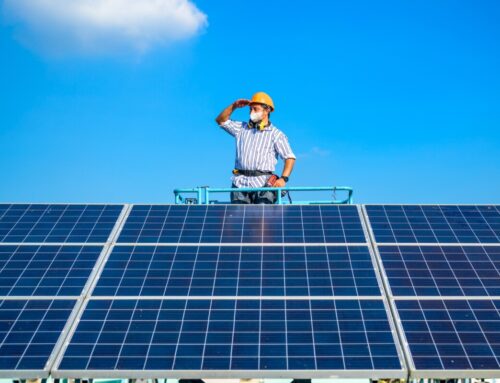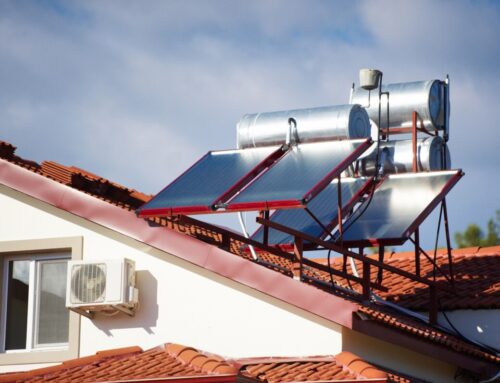Homemade solar water heater for pool: DIY Guide & Benefits
Homemade solar water heater for pool is a cost-effective and eco-friendly solution for pool owners who want to extend their swimming season without paying high energy bills. If you’ve been looking for a DIY approach to keeping your pool warm using the power of the sun, building your own solar heater is easier than you might think.
With rising energy costs and growing awareness about sustainable living, many homeowners are turning to solar-powered solutions. While commercial solar heaters are available, they can be quite expensive. Fortunately, building a solar water heater at home requires only a few basic materials, some space, and a bit of effort — and the results can be impressive.
This guide walks you through everything you need to know, from understanding how solar pool heaters work to detailed step-by-step instructions, performance expectations, and maintenance tips.
How Does a Solar Water Heater for Pool Work?
A solar water heater for a pool operates by using solar energy to heat water and circulate it back into the pool. The core components of any solar pool heater are:
-
Solar Collector – A surface that absorbs sunlight and transfers heat to the water.
-
Pump or Circulation System – Moves water from the pool to the solar collector and back.
-
Tubing or Pipes – Channels for the water to travel through the system.
-
Temperature Control (Optional) – Regulates flow based on heat levels.
Most DIY systems use black polyethylene tubing, PVC, or rubber hose arranged in a spiral or zigzag pattern on a black surface to absorb sunlight effectively.
Benefits of a Homemade Solar Water Heater
-
Cost-Effective: Most systems cost less than $200 to build.
-
Eco-Friendly: Uses renewable solar energy and no fossil fuels.
-
Extend Pool Season: Increases water temperature by 5–15°F, extending swimming months.
-
Customizable: You can scale the system to match your pool size and local climate.
-
Low Maintenance: Once installed, it runs with minimal upkeep.
Materials Required for a Basic DIY Solar Pool Heater
| Item | Description | Approximate Cost |
|---|---|---|
| Black Polyethylene Tubing | 100–300 feet for optimal surface absorption | $40–$80 |
| Plywood Sheet (4×8 ft) | Base to attach tubing | $20–$30 |
| Black Spray Paint | Increases heat absorption of the plywood base | $10 |
| Zip Ties or Hose Clamps | To secure tubing | $5–$10 |
| PVC Pipes + Elbows | For connections to pool inlet/outlet | $15–$25 |
| Water Pump (optional) | For improved circulation | $30–$60 |
| Clear Plastic Sheet (optional) | For insulation and greenhouse effect | $10–$15 |
Total DIY Cost Estimate: $100–$200 (much cheaper than $2,000+ commercial options)
Step-by-Step Guide: Build Your Own Solar Pool Heater
Step 1: Build the Solar Collector Base
Start with a 4×8 ft plywood board. Paint the entire surface black using high-heat black spray paint. This will help absorb more sunlight and transfer it to the tubing.
Step 2: Coil the Tubing
Lay out your black polyethylene tubing in a spiral or zigzag pattern on the board. Make sure the coils are tightly spaced to maximize surface area exposure. Secure the tubing using zip ties or hose clamps.
Step 3: Connect the Tubing to Pool Lines
Attach one end of the tubing to the outlet of your pool pump and the other end to the return line. You may need to use PVC connectors or a water pump if you’re building an off-grid system.
Step 4: Angle Toward the Sun
Position the solar panel at a 30–45° angle facing south (in the Northern Hemisphere). If possible, place it on a roof or elevated stand to increase sun exposure.
Step 5: Optional Enhancements
To improve efficiency:
-
Add a clear plastic sheet over the tubing to create a greenhouse effect.
-
Insulate the back of the panel with foam board.
-
Install a temperature-controlled valve to regulate flow automatically.
How Efficient Is a Homemade Solar Pool Heater?
Several factors affect the performance:
-
Sunlight Exposure: 6–8 hours of direct sun = best results.
-
Surface Area: More tubing = more heat absorption.
-
Water Flow Rate: Slower flow = warmer water.
-
Ambient Temperature: Works best in warm, sunny climates.
On average, you can expect to raise your pool’s temperature by 5°F to 15°F depending on system size and exposure.
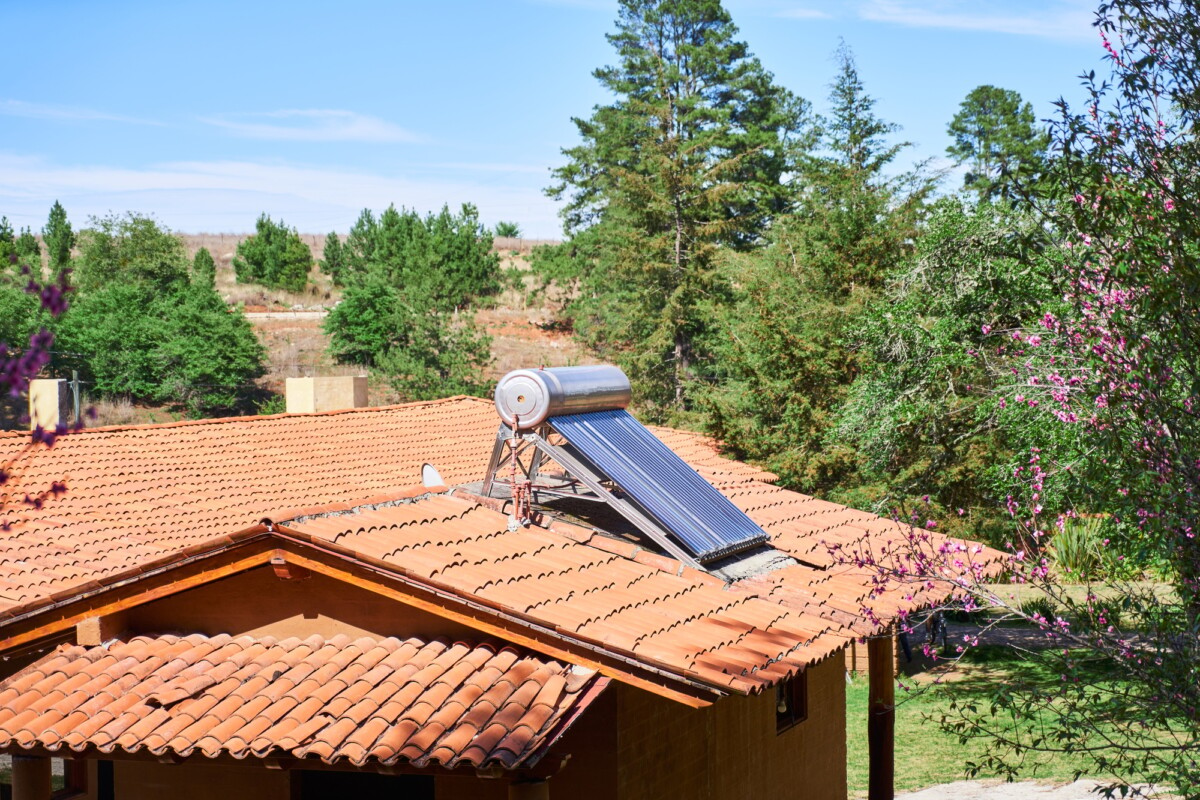
Curious about solar? Let us help you discover how solar energy can revolutionize your home and save you money. Request Your Free Solar Estimate at SOLAR ENERGY
Performance Comparison: DIY vs Commercial Heaters
| Feature | Homemade Solar Heater | Commercial Solar Heater |
|---|---|---|
| Cost | $100–$200 | $2,000–$5,000 |
| Efficiency | Moderate | High |
| Customizability | High | Low |
| Installation Difficulty | Easy–Moderate | Requires professional install |
| Maintenance | Low | Low–Moderate |
| Aesthetic Appeal | Varies (DIY look) | Polished, sleek design |
Maintenance Tips
-
Inspect Regularly: Check for leaks or cracks in the tubing every few weeks.
-
Winterize: Drain water from the tubing in cold climates to prevent freezing.
-
Clean Tubing: Occasionally flush the system to avoid algae or mineral buildup.
-
Adjust for Sun: Reposition panels in seasons when sun angles change.
Is a Homemade Solar Heater Right for You?
You should consider building one if:
-
You want to save money compared to commercial systems.
-
You’re comfortable with DIY projects and basic plumbing.
-
You live in a sunny area with a long pool season.
-
Your pool is not too large (ideal for small to medium-sized pools).
If you have a large pool or want professional aesthetics, a hybrid setup (DIY + store-bought parts) could also be a great option.
Troubleshooting Common Issues
1. Water Not Heating Enough?
-
Try slowing down the flow or increasing tubing length.
-
Add insulation or cover with clear plastic.
2. Tubing Gets Kinks or Cracks?
-
Use UV-resistant tubing and secure it tightly with zip ties.
3. Water Flow Is Low?
-
Check for blockages or consider installing a small submersible pump.
FAQs: Homemade Solar Water Heater for Pool
1. How long does it take to build a DIY solar pool heater?
Typically 3–5 hours depending on the complexity and tools available.
2. Can it work for an inground pool?
Yes. But you may need a stronger pump and more tubing to handle the larger volume.
3. Is it safe to use tap water in the system?
Yes, since you’re circulating pool water, it’s already treated and filtered.
4. Can I use copper tubing instead of polyethylene?
You can, but it’s more expensive and harder to work with. Plastic tubing is lighter and easier to install.
5. How many degrees can it raise pool temperature?
Expect a rise of 5°F–15°F with proper sunlight and configuration.
Final Thoughts
Building a homemade solar water heater for pool is one of the most satisfying and budget-friendly projects you can do as a pool owner. Not only does it save hundreds (or even thousands) of dollars, but it also helps reduce your environmental impact.
By using basic materials and a smart layout, you can enjoy comfortably warm water throughout spring, summer, and even early fall — all without touching your utility bill. Whether you’re a DIY enthusiast or just someone looking to keep their pool cozy, this project offers real results with minimal investment.
Don’t wait to go solar! Thousands of homeowners are saving—join them and start reaping the benefits.
Book Your Free Consultation at SOLAR ENERGY
Explore additional solar solutions at NEW SOLAR QUOTES and discover how it can benefit your home!

